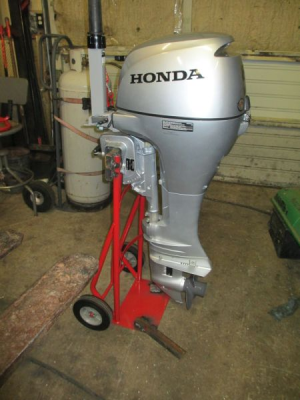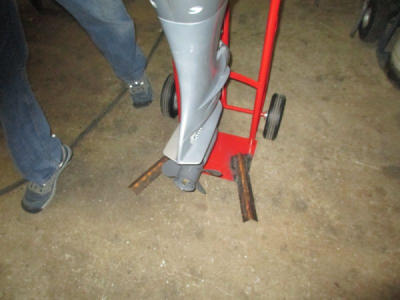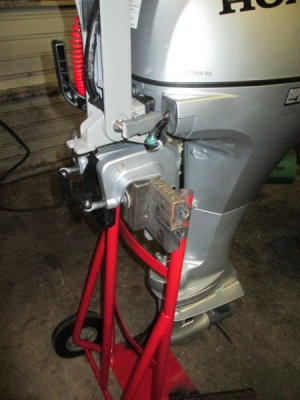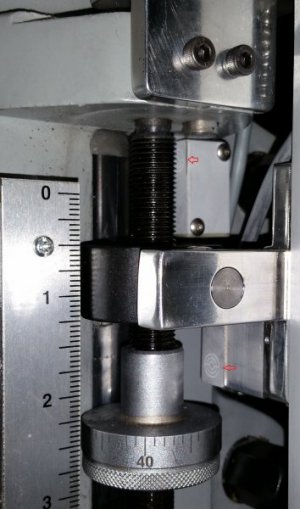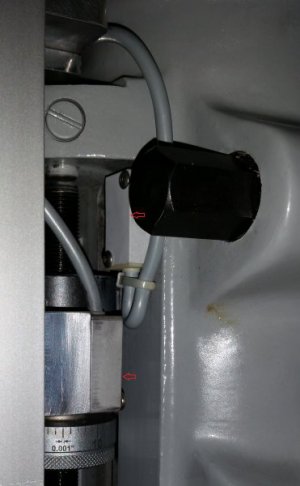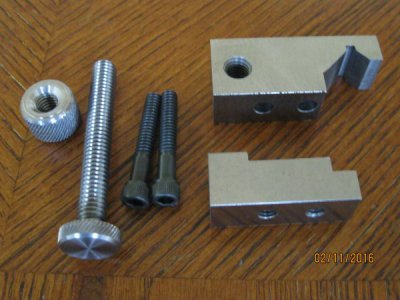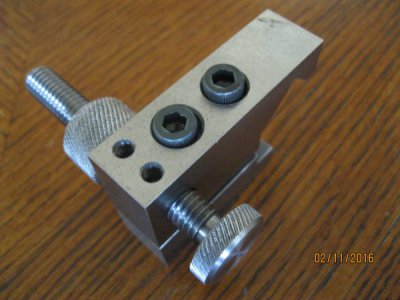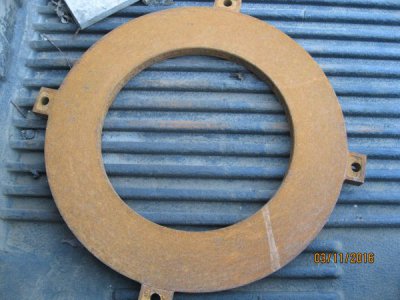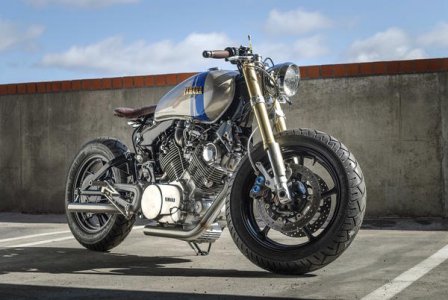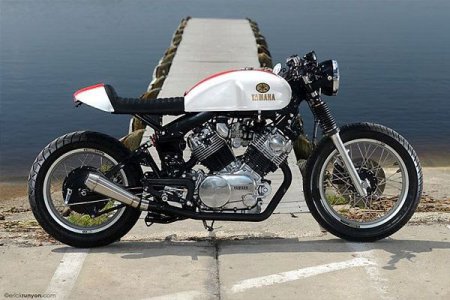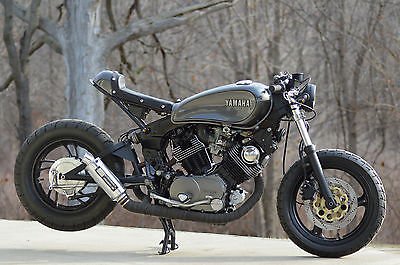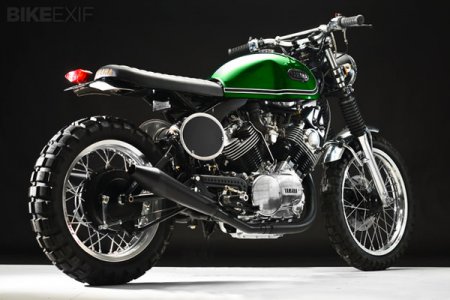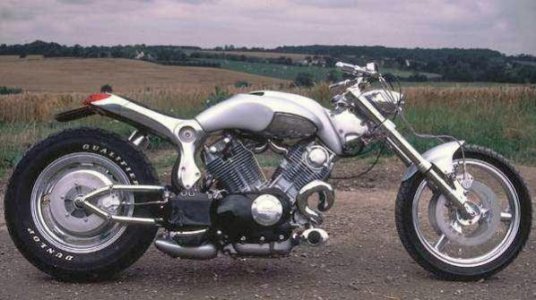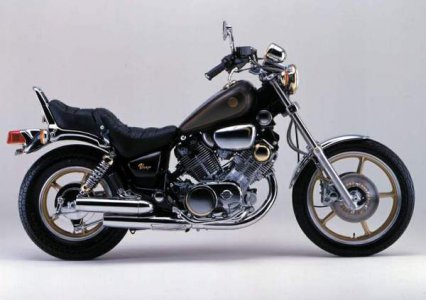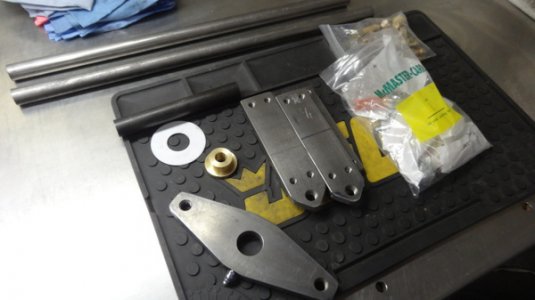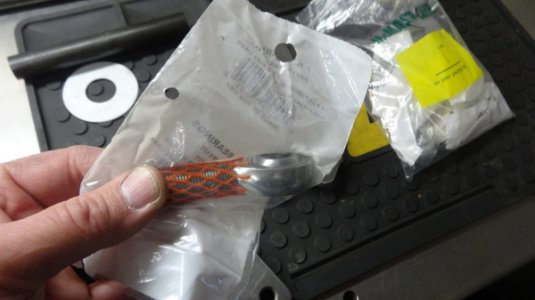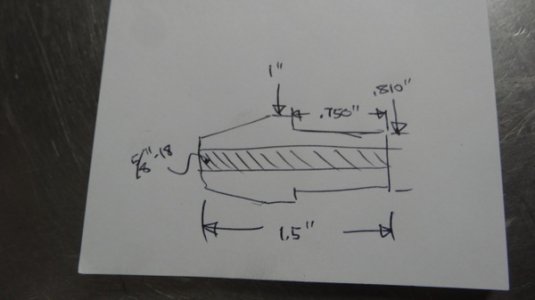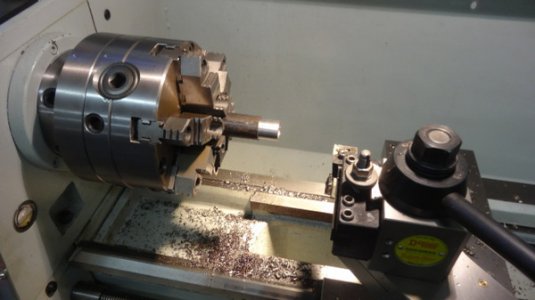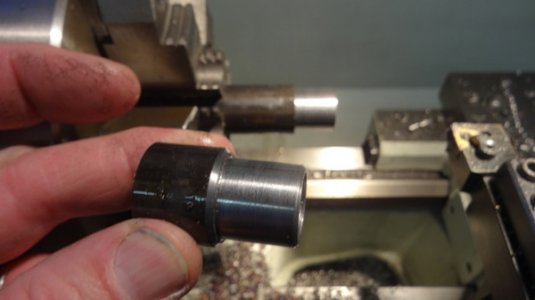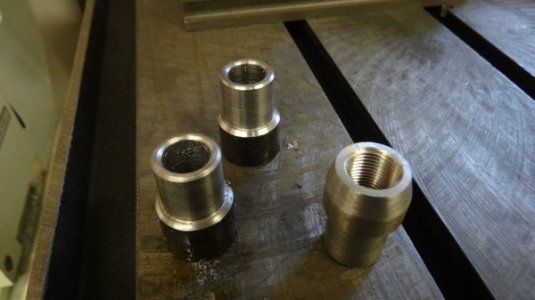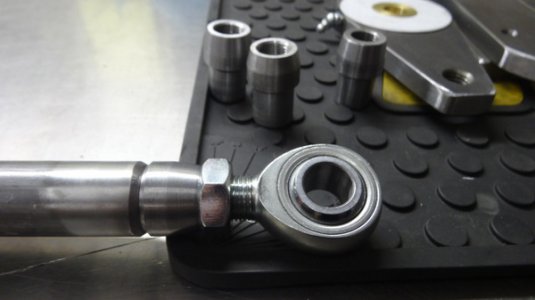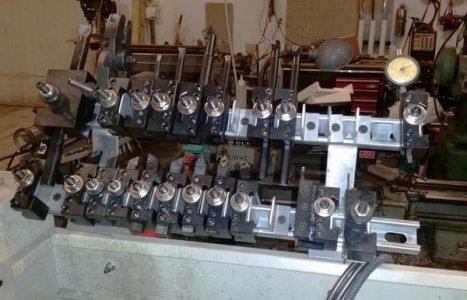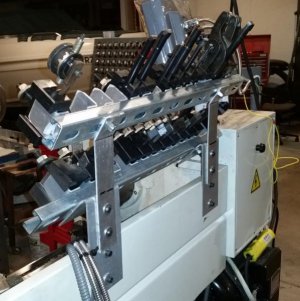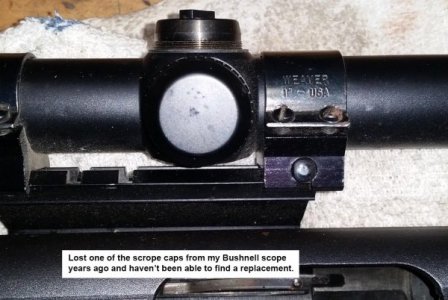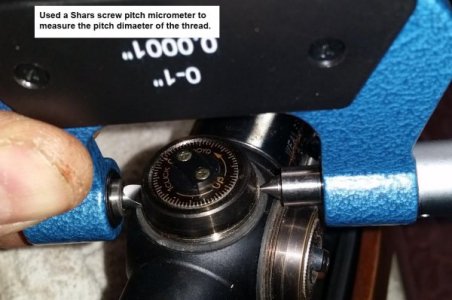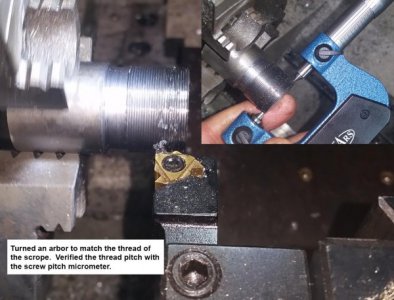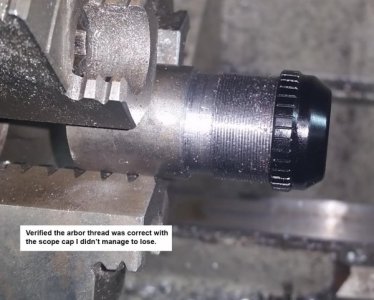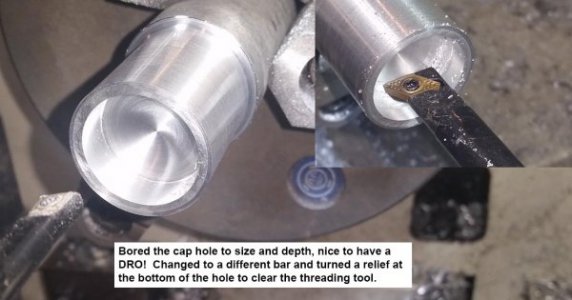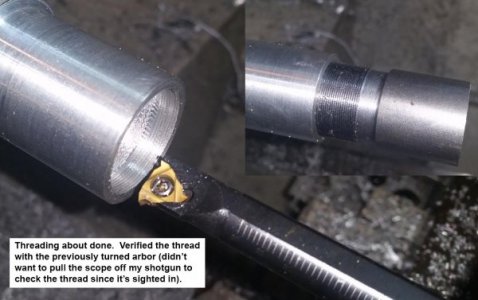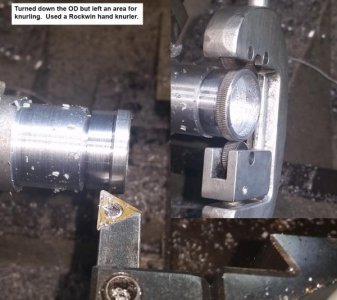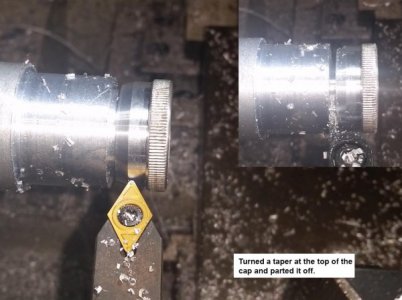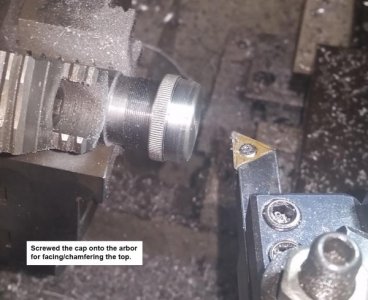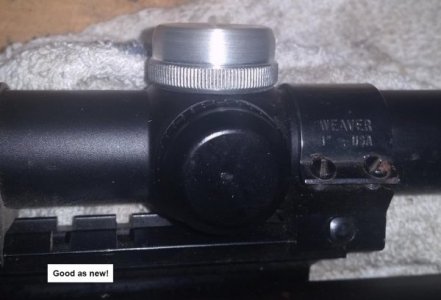- Joined
- Jul 3, 2015
- Messages
- 144
I love seeing this paint already doing its job first thing this rainy morning.
View attachment 138058
I was a little concerned when the paint was still tacky on the shady-er end of the project (nearest the garage, away from the street) as it got dark and dipped down cooler than the temperature range indicated on the can. But it hardened up nicely overnight, and other than the 400+ gnats that were trapped and killed as I painted it, and shortly thereafter, it looks great. Nothing a little paste wax and #0000 steel wool can't fix next weekend.
LOL, I found out that gnats are attracted to the color red when I painted my truck outside. Wasn't a problem as I had planned to color sand and polish.


 Cut the handle down, welded on some 1x2 rectangle tubing and added some extended feet to keep it from falling on it's nose. Now it doesn't have to lay on it's side any more, and it wheels around the garage.
Cut the handle down, welded on some 1x2 rectangle tubing and added some extended feet to keep it from falling on it's nose. Now it doesn't have to lay on it's side any more, and it wheels around the garage. 